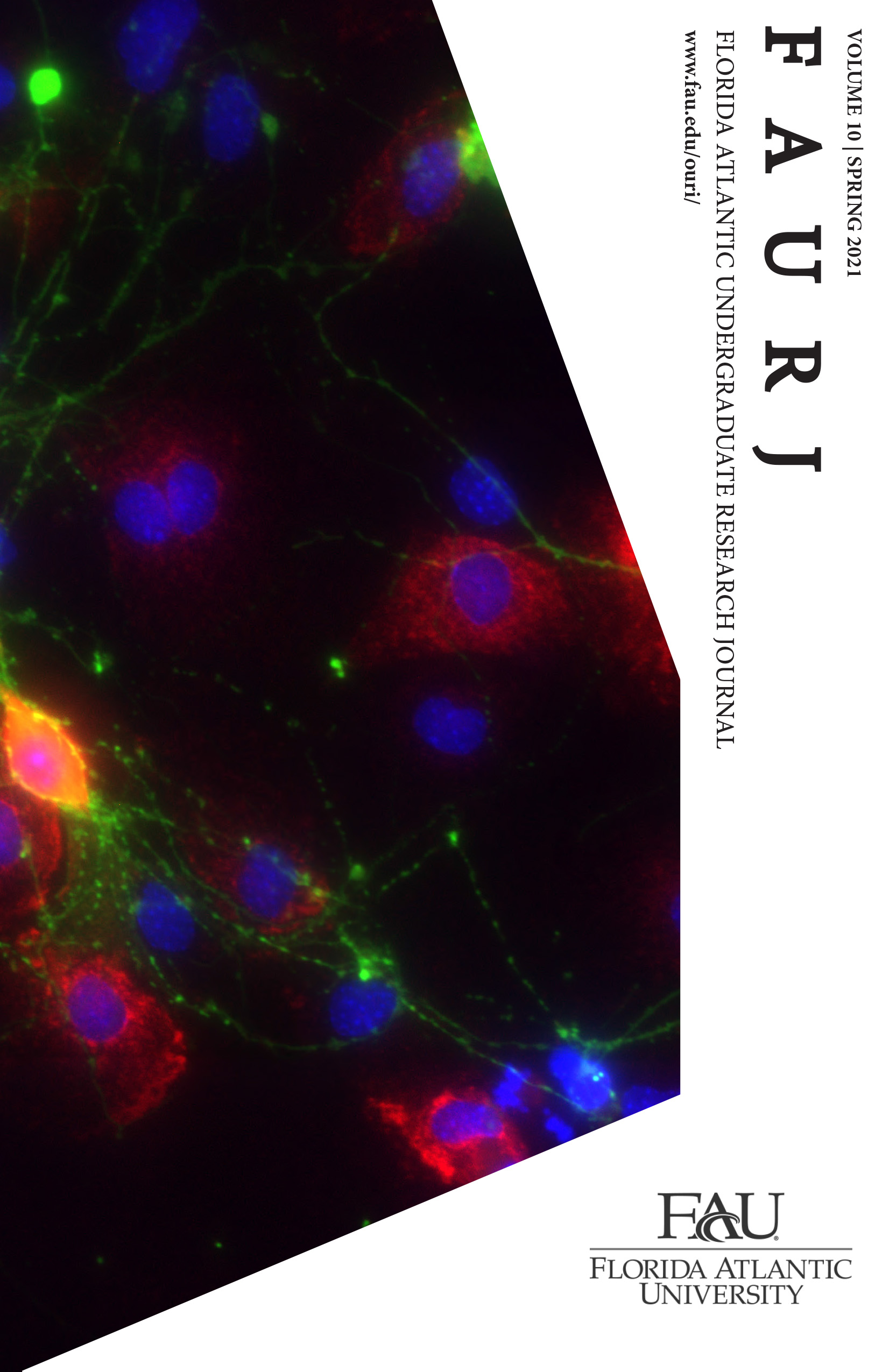Fascist Surrealism: Artistic Dynamics of Nationalist Artists in the Spanish Civil War (1936-1939)
Abstract
This research explores three artists during the Spanish Civil War (1936-1939) who utilized a surrealist aesthetic while promoting the causes of the Fascist, Nationalist front through their work. By focusing on artists Salvador Dalí, Alfonso Ponce de León, and José Caballero, the usage of “Fascist Surrealism” is explored to analyze its stylistic differences with “traditional Surrealism”. Through paintings and variations in artistic techniques this research questions what factors led to the usage of Surrealism, a movement founded with a fundamentally anti-Fascist, left-wing, agenda, by artists who held vastly different political beliefs. This research examines prior political activities of the conventional Surrealist movement to illustrate their attempts at political change, and the factors that led to argumentation and disagreement among the group’s members. By analyzing its foundational characteristics, Surrealism’s ideological basis is compared with that of Fascism to identify their shared features, and the possible factors that led to their convergence.


